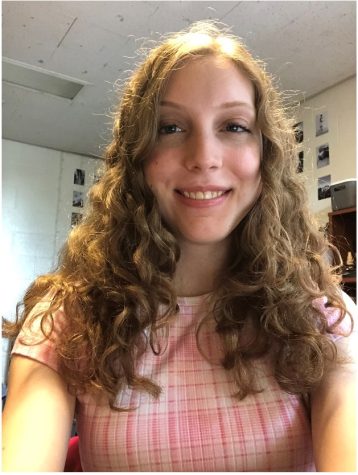How online learning is impacting education majors
Oct 21, 2020
Senior education majors at John Carroll University are faced with a new challenge: student teaching in a COVID-19 world.
New ways of teaching have taken over schools, forcing students and staff to adapt quickly. Online teaching over Zoom and Google Meets is currently the most popular way of teaching but the hybrid model (some class sessions online and some in-person) is a close second. For the student teachers who are Education majors at JCU, these models have taken some time to get used to.
“Almost all of our pre-student/student teachers began the year teaching remotely. There were just a handful of students whose school sites opened to in-person learning. Just like everything else, things are constantly changing and our students need to adapt,” said Lisa Sugar, JCU’s coordinator of clinical placements and student records.
According to Sugar, many schools have opened their doors to in-person learning again, allowing the student teachers to teach directly at the schools. A few districts have maintained ano online learning environment, causing student teachers to change their plans again.
“In my situation of teaching environmental science, it is unfortunate to not be able to do fun labs and go into parks like Shaker Lakes, Doan Brook and others. It does keep me on my toes to try to make material exciting and engaging,” explained Andrew McNutt, a senior at John Carroll who is student teaching remotely.
McNutt said that education majors need 90 hours of pre-student teaching, which can be acquired through online and hybrid teaching. McNutt’s concern with online/hybrid student teaching is that the education majors are not getting adequate practice time before getting into the field.
“We could be the first class of education majors who graduate never teaching in an actual classroom,” added McNutt.
The hybrid model gives student teachers a chance to teach in-person, but it’s still a challenge. “Student teaching with a hybrid model is definitely not ideal but is something that is out of our control,” said senior Delaney Burns. “I am working with two teachers. They co-teach a class of 3rd graders, so one of them does nearly everything with the students who have chosen to be online and the other does just about everything with the in-person learners. We call them roomies and Zoomies. Even reading a book to the class with the roomies and the Zoomies can be pretty hard.”
Though these new teaching styles can be challenging, Burns has been looking on the bright side of things. Burns said that one benefit of student teaching during these tough times is that she is learning skills she “never would have expected to grow in with such a depth.”
Many student teachers are worried about being unable to connect with their students.
“My biggest worry is about being able to reach and accommodate all students,” said senior Emily Bordley, who teaches at Mayfield High School. “I work primarily with 12th graders. We did Zoom for a few weeks, but we’re hybrid now. Students have the option of attending class in-person or via Zoom. I taught a class where every student but one was in-person.”
Bordley said that even though connecting with students is a challenge, she still gets to make a difference in their lives.
“That’s always a benefit of being an education major, but it’s an even greater benefit right now because of all the important issues going on,” she added.
Student teachers are doing their best and trying to adapt as quickly as possible. The teachers who are cooperating with JCU are glad to lend a helping hand.
Burns said, “Resiliency shines through, and people have seen now more than ever the power of teachers!”













